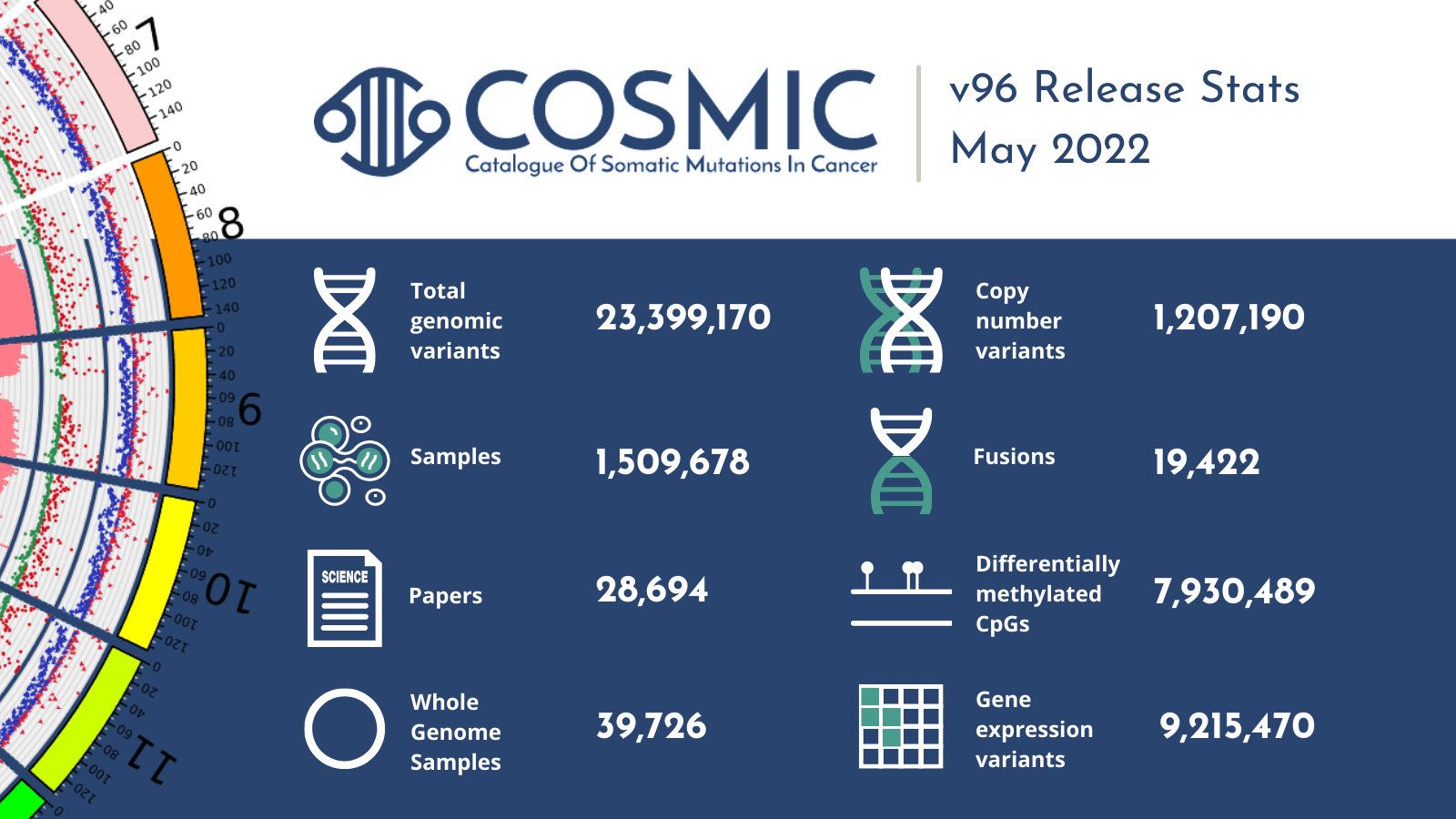


















Head and neck cancers are a heterogeneous collection of malignancies of the tissues and organs of the head and neck. They affect the larynx, lips, mouth, nose, throat, and salivary glands. These cancers most commonly begin in the squamous cells that line the mucosal surfaces of the head and neck. Tobacco and alcohol use, which work synergistically, as well as HPV infections, are responsible for 70 –75% of cases (1).
Collectively, these cancers are the seventh most common malignancy diagnosed worldwide (2). In the United States, head and neck cancers account for nearly 4% of all cancers (3).
However, the diverse phenotypic, etiological, and biological characteristics of head and neck cancers make them difficult to treat. As a result, the survival rates for many types of head and neck cancers have improved little over the past 40 years (4).
The past decade has seen an unprecedented increase in our understanding of the biology and etiology of head and neck cancers, particularly, head and neck squamous cell carcinoma (HNSCC). Genome-wide sequencing projects have identified several recurrently mutated genes, such as TP53, PIK3CA, NOTCH1, TP63 and CDKN2A (5).
Over the last decade, the Catalogue of Somatic Mutations in Cancer (COSMIC), has closely monitored —and manually and systematically curated— relevant head and neck cancer publications. COSMIC versions v48, v55-56 v64, v66, v83-84, v86-88, and v94 all added new, relevant head and neck cancer content to the database.
The latest COSMIC v96 release focuses on curating data on less common head and neck cancers, like those that develop in the salivary glands, sinuses, or muscle and bone in the head and neck. COSMIC v96 adds curated variant and patient data from 56 publications, and it contains 129 new site-histology pairs accompanied by sequencing data.
Unique samples
Genomic variants (COSVs)
Unique samples
Genomic variants (COSVs)
With the volume of new studies and big data in COSMIC’s centralized database, users have access to the largest collection of molecular data for head and neck cancers—and specific rarer cancer types within this class—based on curated mutations, individual and tumor features, and histopathology.
COSMIC’s detailed content allows users to analyze synonymous vs. non-synonymous mutations, mutation rates, and base substitution frequencies. With it, users can also develop heatmaps of individual mutations present. Because COSMIC data contains structured sample and tumor characteristics, users can explore the changing mutational landscape by overlaying the mutation data with information about the curated patient population, such as risk factors like tobacco, alcohol and HPV. In addition, COSMIC's frequency data across mutations and genes may reveal significantly mutated genes and relevant variants.
In summary, COSMIC's centralized data allows users to define new potential head and neck cancer subtypes, assess their etiologies, and understand the biological processes of specific cancer subtypes. With this information, users can ultimately define and optimize drug targets to improve the overall outcome of patients suffering from head and neck cancers.
COSMIC v96 also contains comprehensively curated data on a new cancer gene, PRKD1, which is identified as defining a subset of head and neck cancers.
Protein kinase PRKD1
The Protein kinase D1 (14q12) gene has been added to the Cancer Gene Census as a Tier 2 gene for its role in fusions found in cribiform adenocarcinomas of the salivary gland. It is a serine/threonine protein kinase involved in several signalling pathways and many cellular processes including cell migration and differentiation, cell survival and regulation of cell shape and adhesion.
COSMIC’s head and neck cancer curation focus includes several papers reporting recurrent p.E710D mutations in the majority of polymorphous low-grade adenocarcinomas (PAC), the second most common malignant tumour of minor salivary glands (COSP 46408, 49877, 49498, 49500, 49502 & PMID 3149293). The p.E710D mutation is also found in a minority of cribiform adenocarcinomas of the salivary gland (CASG) (COSP 49877 & PMID 3149293), but not in more aggressive head and neck adenoid cystic carcinomas or pleomorphic adenomas (COSP 49498), nor in other solid tumours and leukemias.
A minority of PACs and a majority of CASGs carry fusions involving either PRKD1, 2 or 3. Other PRKD1 mutations are found at lower frequencies in a variety of other tumours including breast, leukaemia, lymphoma and gastric cancers.
Learn more about COSMIC and how the industry-leading database can help you identify biomarkers, annotate variants, and explore the etiology of human cancers here.
See first-hand how COSMIC can be used in your lab and the quality of the database's content by downloading sample data here.
References